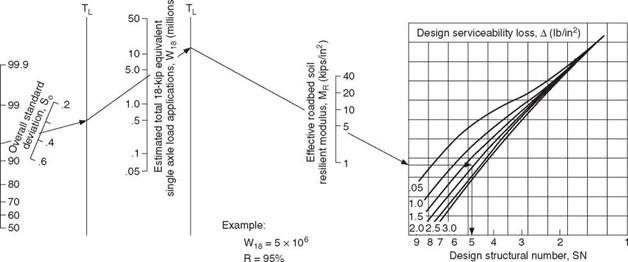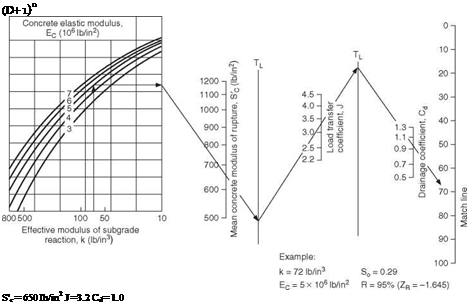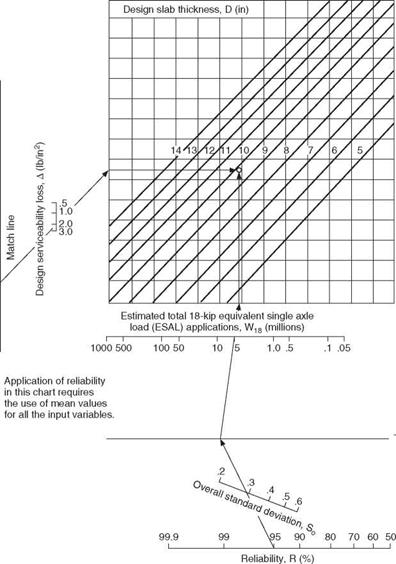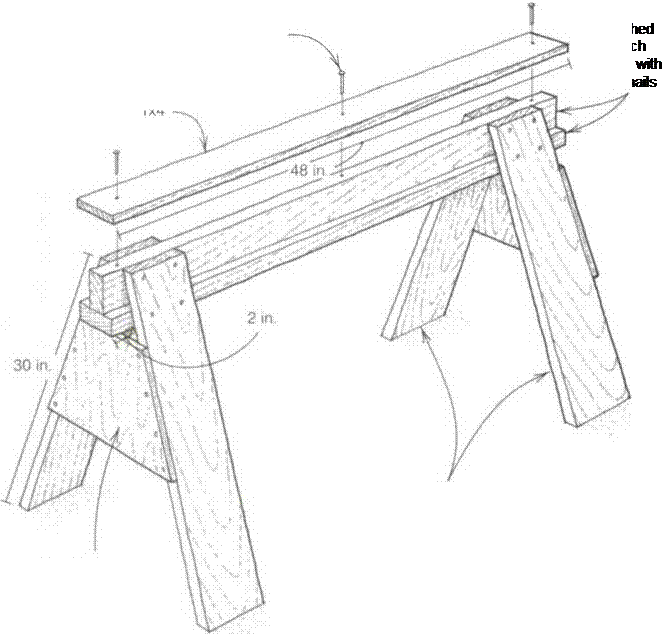Plumbing Tools
A level is the traditional tool for determining plumb. A laser can also be used. Whichever tool you use, you want to make sure you check it for true before you start. To check a level, hold it in position against a wall and read the bubble. Then turn it around and place it in the same position against the wall. If the bubble reads the same, then your level is accurate.
To check a laser use a similar method. Set it in place, and mark the bottom dot and the top dot. Then turn it around and align the bottom dot. If the top dot hits the same spot on the top of the wall that you marked, your laser is reading accurately.
Levels are accurate when the level is long enough to reach from the bottom plate to the top plate. An 8′ level will work fine for most residential walls...
read more







 Д (Ib/in2) = 4.2-2.5= 1.7 W18 = 5.1 x 106 (18-kip ESAL) Solution: D = 10.0 in.
Д (Ib/in2) = 4.2-2.5= 1.7 W18 = 5.1 x 106 (18-kip ESAL) Solution: D = 10.0 in. 0
0
